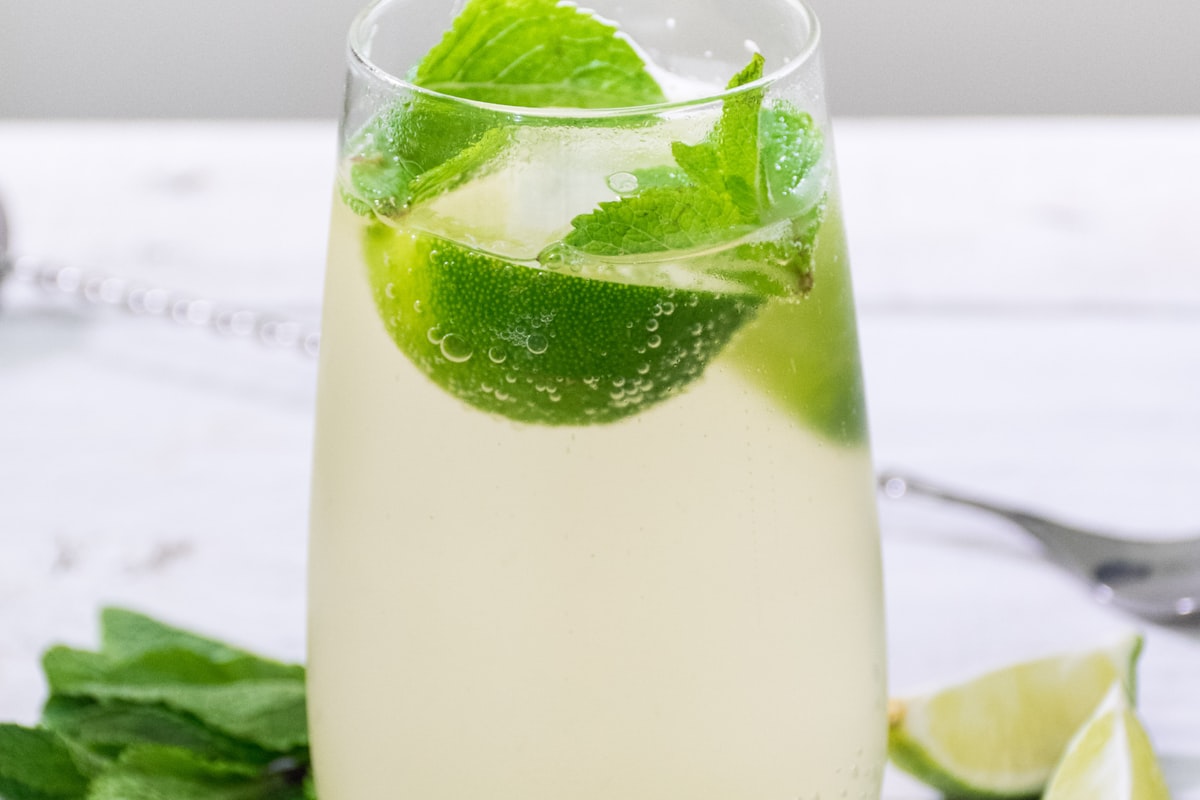
Introduction
Technology has revolutionized many aspects of our lives — from communication and travel to shopping and entertainment. One of the quieter, yet powerful shifts is happening in the way we approach nutrition. With the rise of apps, wearable devices, and AI-driven platforms, individuals now have more tools than ever to understand and improve their eating habits. In this article, we'll explore how modern technologies support mindful eating, personalized meal planning, and a deeper awareness of what we consume — all without promoting products or specific services.
The Role of Nutrition Apps
Nutrition apps have become everyday companions for millions. These tools help users log meals, track calorie intake, and analyze macronutrient ratios. More advanced platforms offer visual food recognition, barcode scanning, and AI-powered suggestions based on dietary goals. While not intended to replace professional guidance, these apps provide useful feedback that helps users become more conscious of their food choices.
Smart Trackers and Wearables
Fitness bands, smartwatches, and other wearables don't just count steps — they also track sleep patterns, heart rate variability, and even stress levels. Some devices now monitor hydration or blood glucose (non-invasively), offering insights into how the body responds to different meals. By correlating physical data with food intake, users can make better decisions and notice patterns — like how late-night meals affect sleep, or how skipping breakfast influences energy levels.
Meal Planners and AI Integration
AI-driven meal planners are redefining how we approach daily nutrition. Instead of generic diets, these systems create meal suggestions based on user preferences, allergies, activity levels, and even mood or season. Some tools generate grocery lists automatically or help reduce food waste by suggesting recipes using available ingredients.
For people managing specific dietary needs (like low-FODMAP, vegetarian, or gluten-free), AI can simplify decision-making and minimize the guesswork. Over time, the planner adapts to user feedback, refining recommendations to match evolving habits.
Benefits of Digital Tools in Nutrition
- Increased awareness – Logging meals or checking summaries encourages users to think critically about what and when they eat.
- Personalization – Algorithms consider lifestyle, preferences, and goals for tailored suggestions.
- Convenience – No need for notebooks or calorie tables; everything is digitized and fast.
- Data connection – Users can see how food impacts energy, mood, and activity in real-time.
- Long-term tracking – Trends become clearer over weeks and months, allowing for gradual improvements.
Challenges and Limitations
While digital tools are helpful, they're not without flaws.
- Data accuracy – Self-reporting can lead to under- or overestimation of intake.
- Over-reliance – Some users may become obsessed with numbers or feel anxious without tracking.
- Privacy concerns – Sensitive health data must be handled responsibly by app developers.
- One-size-fits-all risks – Even smart algorithms can generalize too much without proper calibration.
It's essential to use these tools as support, not as strict rulebooks.
Ethical Use and Healthy Mindset
Technology should empower, not pressure. The goal of nutrition tools should be to enhance awareness and support intuitive eating, not to enforce rigid discipline. When used ethically, tech encourages users to listen to their bodies and make gradual, informed adjustments to their lifestyle.
Developers and users alike share responsibility: apps should offer flexible settings, positive feedback, and non-judgmental design. Users should remain curious, not perfectionist, about their nutrition data.
Conclusion
Technology isn't replacing traditional nutrition wisdom — it's enhancing it. Digital tools, when used mindfully, offer valuable insights that help people understand their habits, patterns, and health. From AI-generated meal plans to trackers that reflect how meals impact energy and sleep, the possibilities for smarter eating continue to grow.
By combining innovation with awareness, we can build healthier routines, one small choice at a time.

